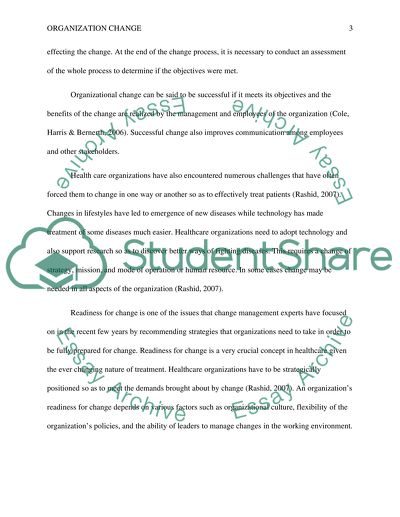Cite this document
(“Organizational change part i Essay Example | Topics and Well Written Essays - 1250 words”, n.d.)
Organizational change part i Essay Example | Topics and Well Written Essays - 1250 words. Retrieved from https://studentshare.org/nursing/1482231-organizational-change-part-i
Organizational change part i Essay Example | Topics and Well Written Essays - 1250 words. Retrieved from https://studentshare.org/nursing/1482231-organizational-change-part-i
(Organizational Change Part I Essay Example | Topics and Well Written Essays - 1250 Words)
Organizational Change Part I Essay Example | Topics and Well Written Essays - 1250 Words. https://studentshare.org/nursing/1482231-organizational-change-part-i.
Organizational Change Part I Essay Example | Topics and Well Written Essays - 1250 Words. https://studentshare.org/nursing/1482231-organizational-change-part-i.
“Organizational Change Part I Essay Example | Topics and Well Written Essays - 1250 Words”, n.d. https://studentshare.org/nursing/1482231-organizational-change-part-i.


